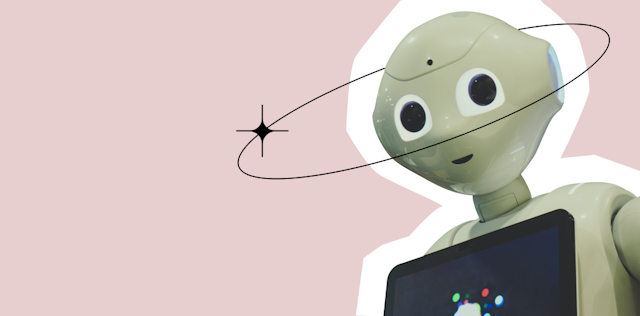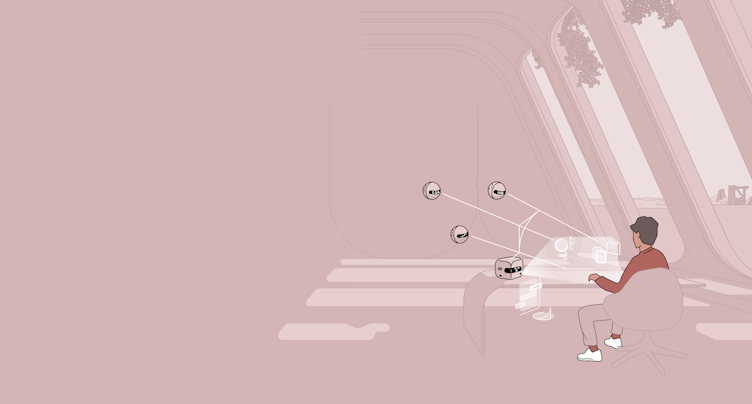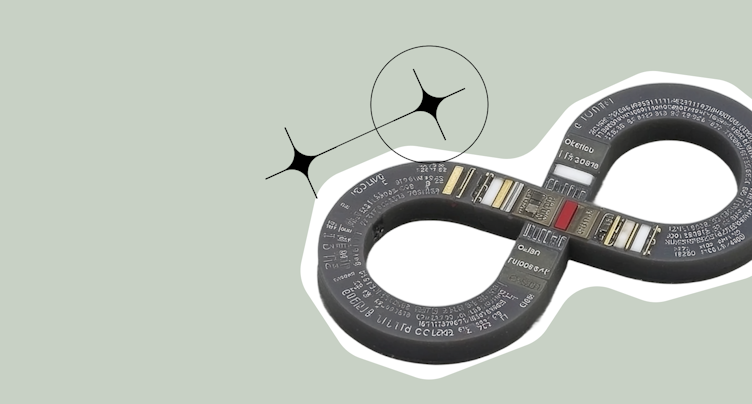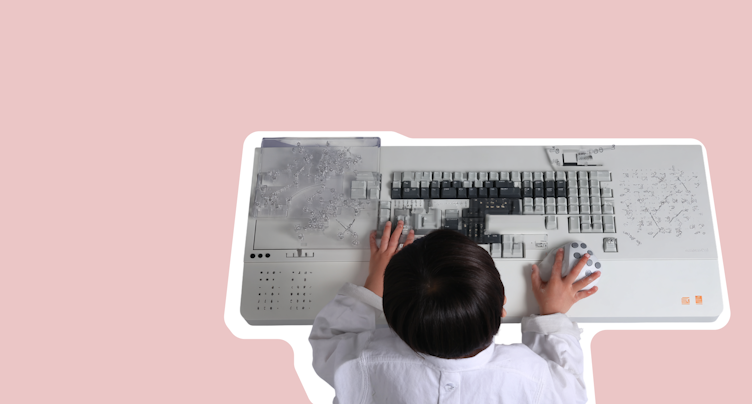share this post on


17 September, 2024
The use of AI technology in healthcare is not the future anymore as proved by the numerous real-life, working examples today. To name a few implementations, AI can assist with early diagnosis of diseases, personalized medicine, remote patient monitoring and medical imaging, benefiting the entire healthcare system, from caretakers to patients. Let’s see how.
What is AI in healthcare and how does it work?
AI in healthcare is the application of different digital technologies to improve tasks and processes for the benefit of the overall healthcare system from patients to caretakers.
The latest report from the World Economic Forums’s Digital Healthcare Transformation Initiative identified the following challenges for digital, data and AI to tackle:
- The increasing burden of chronic diseases
- Inequitable patient outcomes and their access to healthcare
- Resource constraints, such as unsustainable cost growth and healthcare workforce crisis
AI and associated technologies can help with these challenges in healthcare, for instance:
- Predictive AI can help with the early diagnosis of diseases and improve patient outcomes by scanning historical patient records, detecting patterns and suggesting necessary treatment.
- Generative AI can support patients in following their personalized care plan via chatbot applications, resulting in improved patient adherence.
- Cloud technology lets healthcare providers manage and synchronize patient data and documents, and is the essential base for practicing telemedicine.
- The different applications and Internet of Things (IoT) devices allow for remote patient monitoring, collecting metrics like heart rate and blood pressure from patients when they’re not or cannot be physically present at their healthcare institution.
While we can highlight the dominant AI technology used in a certain healthcare product or service, different AI technologies are often combined to perform different functions and improve overall performance.
For instance, a chatbot application that is used to send reminders to a patient regarding their daily drug intake utilizes both cloud technology and generative AI. With that said, let’s take a look at a few examples of how AI is used in healthcare.
AI in healthcare: 5 real-life examples
The following real-life examples of AI in healthcare will shine a light on how AI technology allows for versatile use in this industry.
- Early diagnosis of diseases
- Personalized medicine
- Remote patient monitoring
- Medical imaging
- Robotic surgeries
1. Early diagnosis of diseases based on AI-driven insights
AI can recognize subtle patterns in patient data and find correlations, leading to early diagnosis of a disease.
Setting a diagnosis is an increasingly complex task that benefits from the use of AI technology since the human eye might overlook information that is otherwise crucial in detecting a medical condition.
This is not to say that AI can replace the human mind here, but the reality of overworked medical staff and their administrative burdens is something to be taken into account.
Real-life example:
- A new AI tool called CHIEF (Clinical Histopathology Imaging Evaluation Foundation) designed by the Harvard Medical School utilizes a ChatGPT-like AI model that “achieved nearly 94 percent accuracy in cancer detection and significantly outperformed current AI approaches across 15 datasets containing 11 cancer types,” writes The Harvard Gazette.
2. AI-powered personalized medicine
AI technology is leading the way to personalized medicine that in return also optimizes patient adherence and increases patient satisfaction.
It’s not difficult to see how a well-customized care plan is easier to follow for patients — the more it suits their lifestyle or the more it helps them adjust to a new one, the better the patient outcomes will be. Sometimes, it can be the simplest things such as a well-timed notification of a mobile app to remind the patient to do a task and motivate them accordingly to keep up the good habit.
Real-life example:
|
Personalized cure on a schedule Supercharge worked with Egis, one of CEE’s leading pharma companies, to create a cutting-edge habit-building mobile application called Habita to increase adherence to treatment plans for people living with hypertension or high blood pressure. The app relies on the foundation of behavioral science and uses a virtual assistant named Habita to provide personalized motivation, tips and guidance to patients to help them adhere to their treatment. Learn more about the Habita app. |
3. Remote patient monitoring with AI-combined wearable devices
In addition to software applications, personalized healthcare plans can be highly improved by wearable devices, in combination with AI technology.
Smartwatches and fitness trackers are already well-known in everyday life, but for many, such appliances are about more than tracking running miles, stress levels, or the required amount of sleep.
Real-life examples:
- A wearable ECG monitor, like the products of AliveCor, can be necessary for patients with cardiovascular health concerns. This device can detect abnormalities and inform caretakers to adjust the patient’s care plan.
- Those living with diabetes can now choose to wear a pod to avoid multiple daily injections and still provide continuous insulin delivery throughout the day. Omnipod, for instance, promises to be waterproof and can be controlled via a smartphone.
4. Medical imaging with AI models
One of the healthcare fields where AI’s power and potential can be the strongest is medical imaging.
For instance, diseases occurring in the chest can be complex to identify as doctors heavily rely on radiological imaging but it’s challenging to distinguish between diseases based on X-rays.
Similarly, detecting breast cancer includes reading medical imaging where a timely diagnosis is crucial and it’s a process where radiologists can find false positives, too (when something is determined to be true true when it is actually false).
In both areas of healthcare, research and development aims at providing accuracy and earlier diagnosis for patients.
Real-life examples:
- Back in 2017, Stanford University researchers developed an AI-powered algorithm that outperformed expert radiologists at diagnosing pneumonia. The Stanford algorithm succeeded by overcoming the human limitations of perception, bias and being prone to making errors.
- In 2021, the AI tool called Mirai, using over 120 thousand mammograms from over 62 thousand patients, correctly identified an average of about 76 of 100 cases which was a significant improvement over other models. The results were consistent across countries and different populations, and 3,815 cases were followed by a cancer diagnosis within 5 years.
5. Robotic surgeries with AI
AI technology can be useful in improving the accuracy and safety of surgeries. Amongst others, it can:
- provide real-time monitoring of surgical tools allowing surgeons to focus on the more important parts of the process
- act as a smart assistant that supports decision-making
- ensure real-time patient analysis from scanning data to the patient’s immediate response to medication
- can alert anomalies to signal the need for human action
Real-life example:
- While AI-powered robots autonomously performing surgery are only in development, the company Intuitive Surgical has several instruments with AI used in surgery. Their da Vinci staplers (used to close internal and skin wounds) can measure how much it is clamping down on the tissue which leads to better patient outcome after surgery.
Will you implement the next example of AI in healthcare?
AI is changing the field of healthcare from remote patient monitoring to bringing smart robot assistants to surgery.
If you need support through this unprecedented transformation as a healthcare provider, pharmaceutical company, medical equipment manufacturer or wellness business, Supercharge can help build your digital journey.
Our healthcare offerings provide a refreshingly pragmatic approach through the complexity of healthcare, from data science to design, and we are ready to partner with you.
Let's work together to drive digital innovation!
The form is loading...



